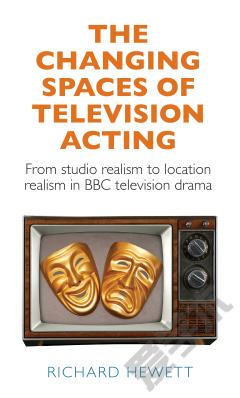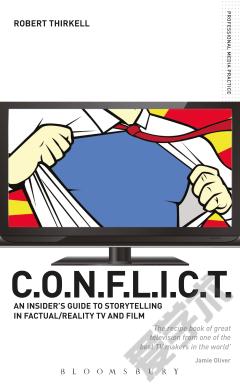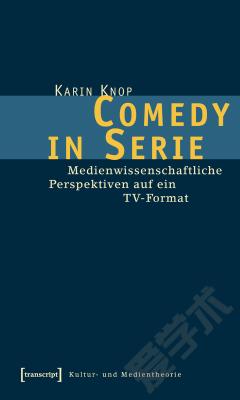The changing spaces of television acting —— From studio realism to location realism in BBC television drama
----- 电视表演的变化空间:从BBC电视剧的工作室现实主义到位置现实主义
Spanning the 1950s to the present day, The changing spaces of television is both a historical overview and a then-and-now comparison of performing for British television drama. By examining changing acting styles from distinct eras of television production â studio realism and location realism - it makes a unique contribution to the fields both of television and performance studies, going behind the scenes to unpack the various determinants that have combined over the years to influence how performers work in the medium. Utilised as case studies are programmes that emerged in recognisably diverse eras of television production: The Quatermass Experiment (BBC, 1953), which was transmitted live; Doctor Who (BBC, 1963-89), pre-recorded âas liveâ; and Survivors (BBC, 1975-77), which adopted an Outside Broadcast ârehearse/recordâ model. These are then compared with their respective modern-day re-makes to unpack the major developments that have taken place between the eras of studio realism and location realism, and the shift from multi-camera studio to single camera location production. In order to establish what factors underpinned these changes, textual analysis is combined with extensive archive research into production process and reception, alongside interviews with numerous actors and production personnel from more than sixty years of television production. This fascinating account of acting for the small screen will be of interest to students both of television history and screen performance, while its case studies offer particular appeal to cult television fans. Contributors include Mark Gatiss, Louise Jameson, Patrick Malahide, Kevin McNally, Waris Hussein, Graeme Harper and Tony Garnett.
{{comment.content}}








 京公网安备 11010802027623号
京公网安备 11010802027623号